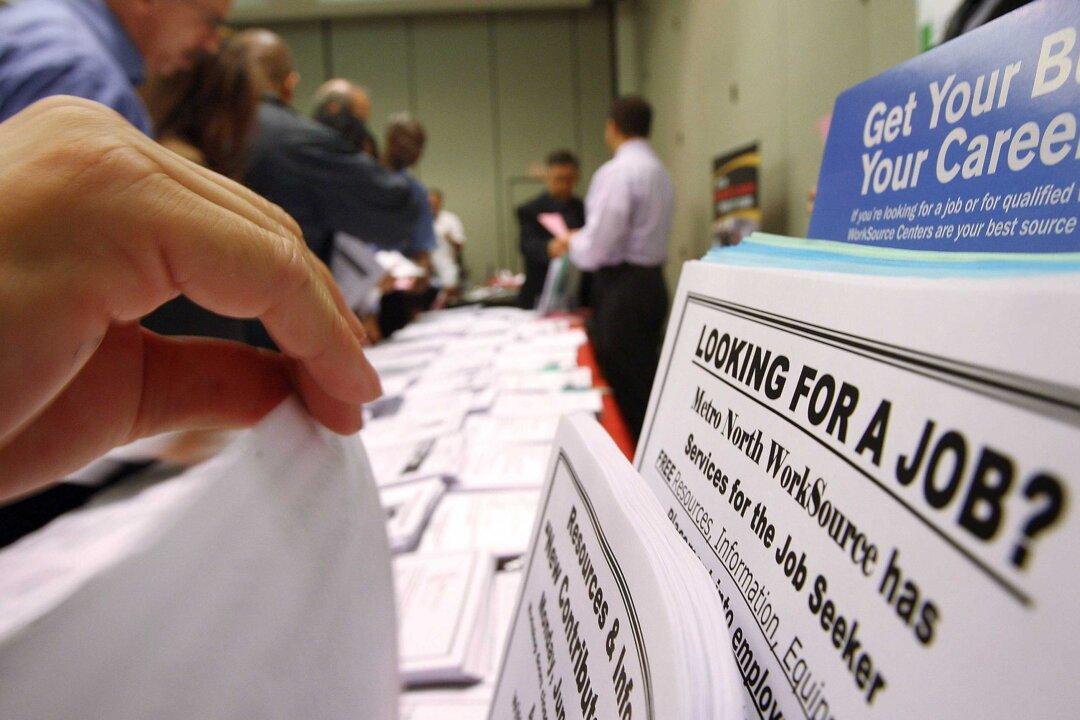Despite a strong employment scene, U.S. jobless claims rose to their highest levels in nearly five months around Memorial Day, with 27,000 claims submitted, according to a report from the Labor Department released on June 9.
Claims for the week ending June 4 totaled 229,000—the highest since mid-January, well ahead of the 210,000 Dow Jones estimate, as the labor market still remains tight.





